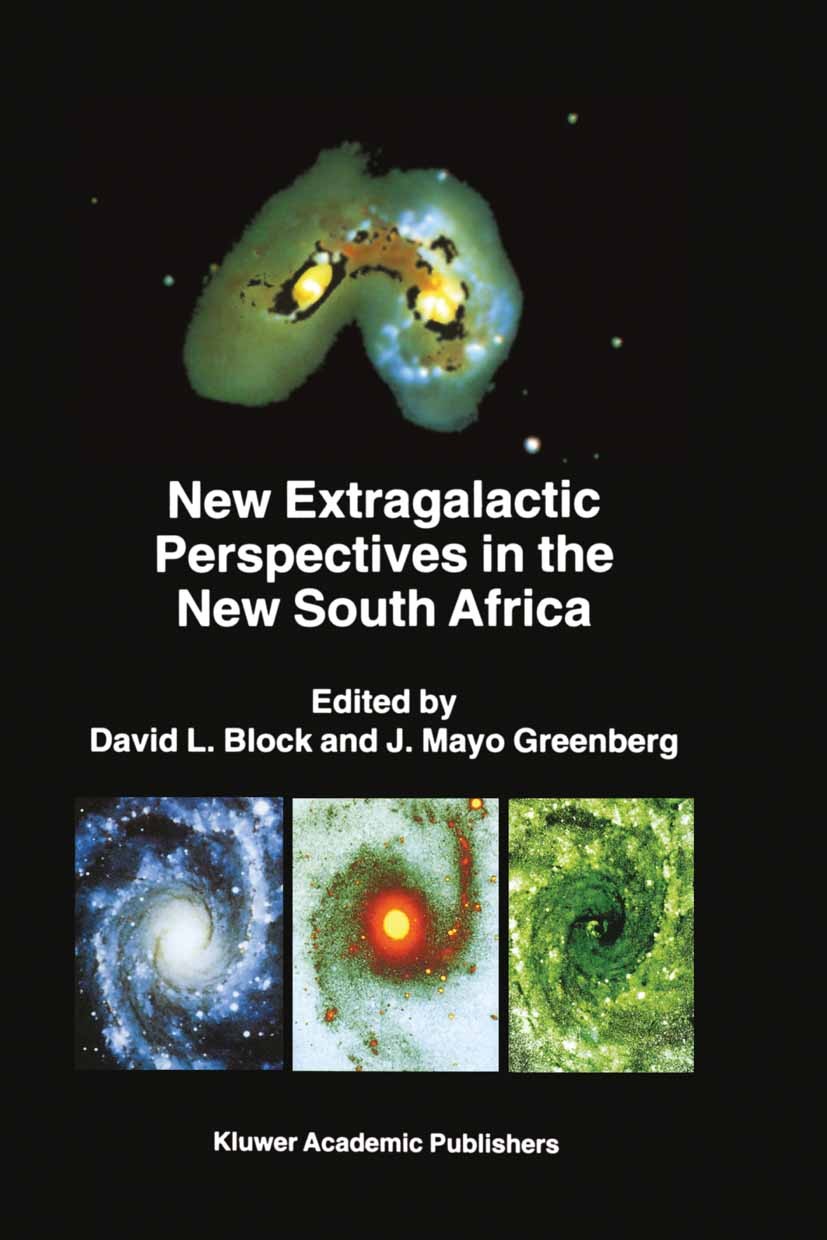| 書目名稱 | New Extragalactic Perspectives in the New South Africa |
| 副標(biāo)題 | Proceedings of the I |
| 編輯 | David L. Block,J. Mayo Greenberg |
| 視頻video | http://file.papertrans.cn/666/665196/665196.mp4 |
| 叢書名稱 | Astrophysics and Space Science Library |
| 圖書封面 |  |
| 描述 | The date: September 30, 1880 The place: A private observatory in Hastings-on-Hudson Profession of the observer: A medical doctor The instrument: An l1-inch Clark refractor. The significance of that night marked one of the truly great turning points in the development of astronomical techniques: Dr Henry Draper, a wealthy New York medical doctor, had secured the first photograph of a nebula: a 51-minute exposure on a dry gelatinobromide plate showing the wispy nebulosity of the Orion Nebula. By March 1882, Draper had secured an exposure of 137 minutes, showing far richer detail of both bright and dark features. The rest is histapy. The photographic era heralded in a universe where hints of the presence of cosmic dust were strongly alluded to: from star-forming regions such as Messier 17, to the Horsehead Nebula in Orion, to the striking dark finger in the Cone Nebula, to the magnificent dark bands in the plane of our Milky Way. "Historically, astromomers from the very beginning have been afraid of dust. |
| 出版日期 | Conference proceedings 1996 |
| 關(guān)鍵詞 | Bulge; Galaxy; Quasar; astronomy; star; stellar |
| 版次 | 1 |
| doi | https://doi.org/10.1007/978-94-009-0335-7 |
| isbn_softcover | 978-94-010-6637-2 |
| isbn_ebook | 978-94-009-0335-7Series ISSN 0067-0057 Series E-ISSN 2214-7985 |
| issn_series | 0067-0057 |
| copyright | Kluwer Academic Publishers 1996 |
 |Archiver|手機(jī)版|小黑屋|
派博傳思國(guó)際
( 京公網(wǎng)安備110108008328)
GMT+8, 2025-10-6 12:35
|Archiver|手機(jī)版|小黑屋|
派博傳思國(guó)際
( 京公網(wǎng)安備110108008328)
GMT+8, 2025-10-6 12:35


